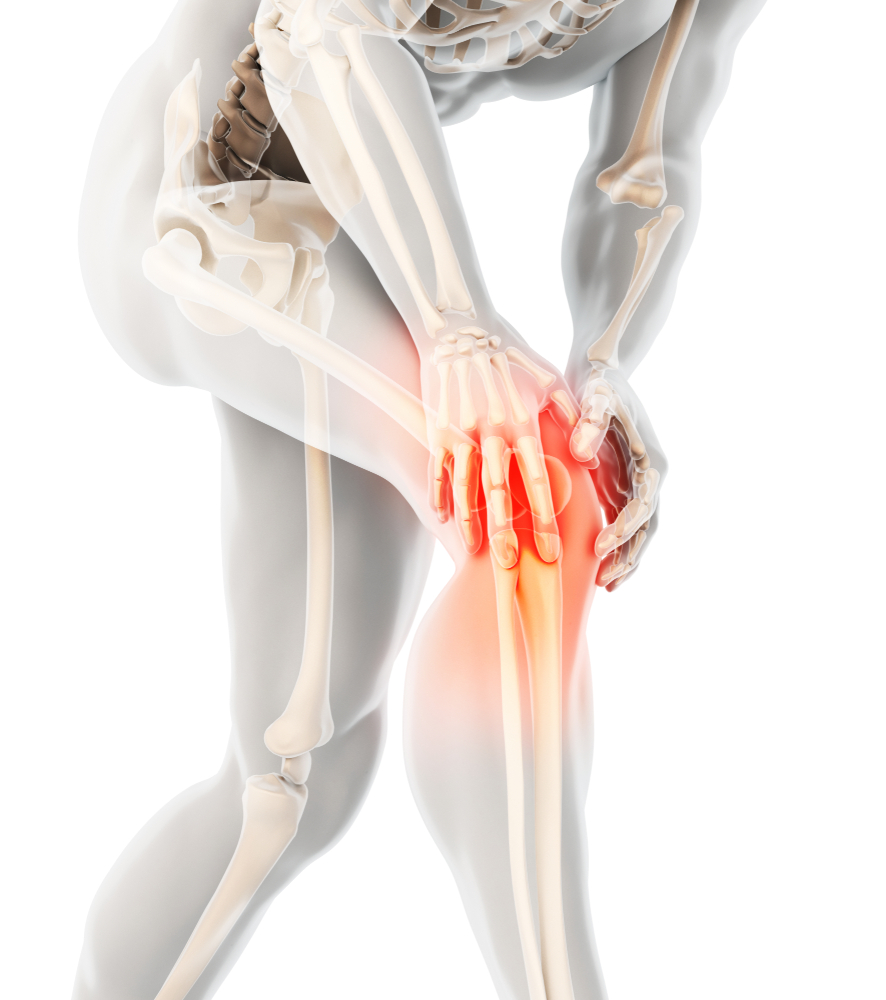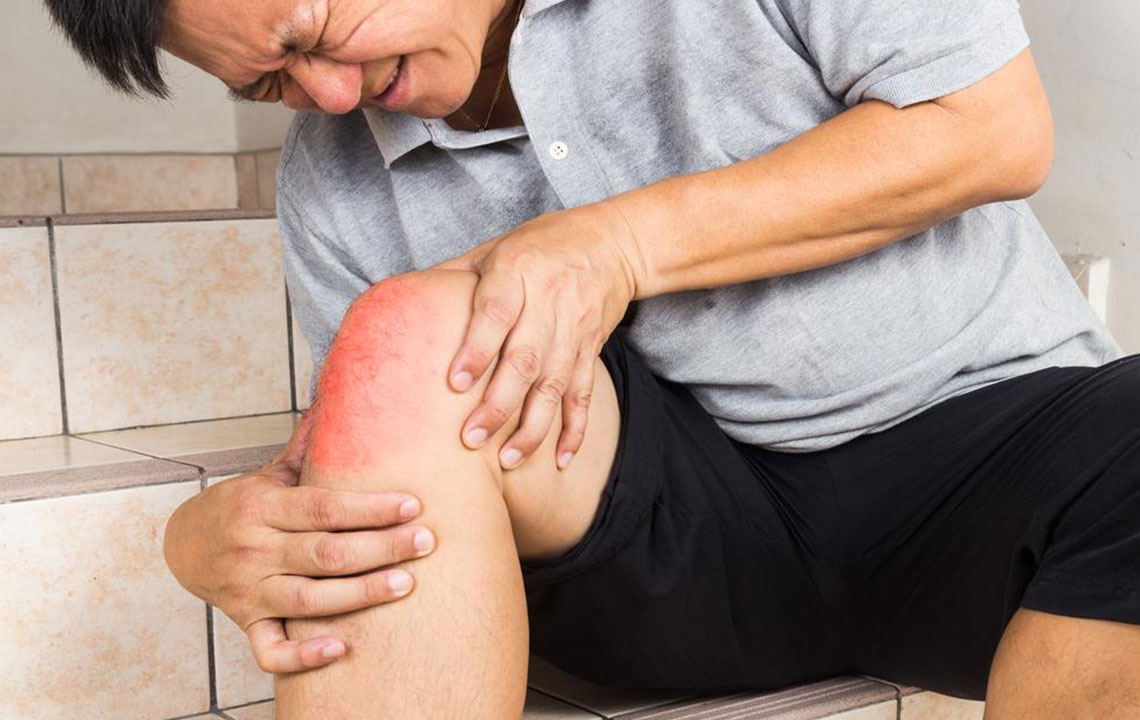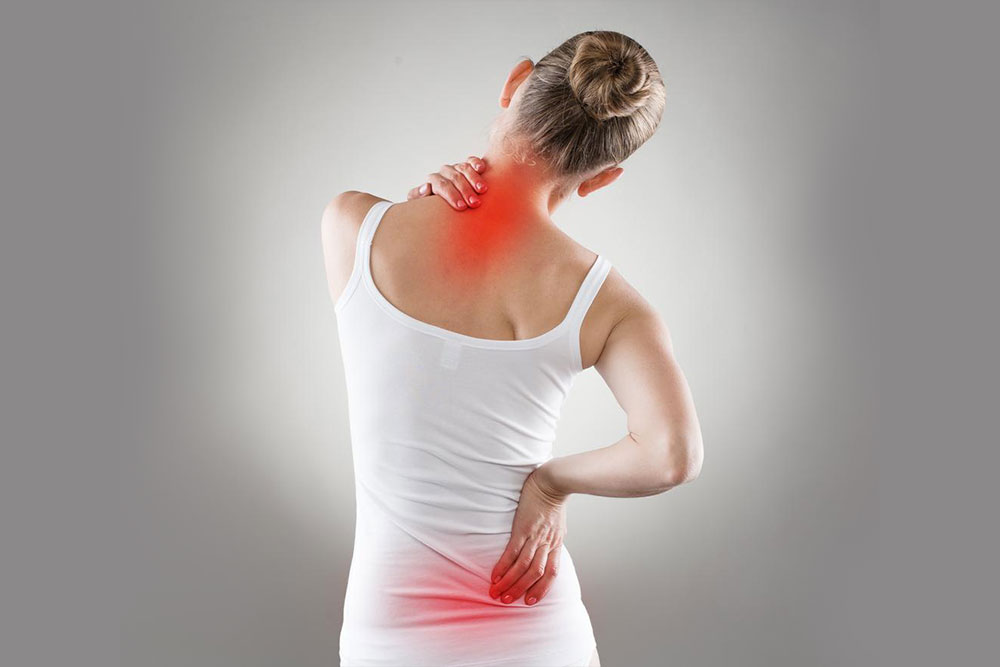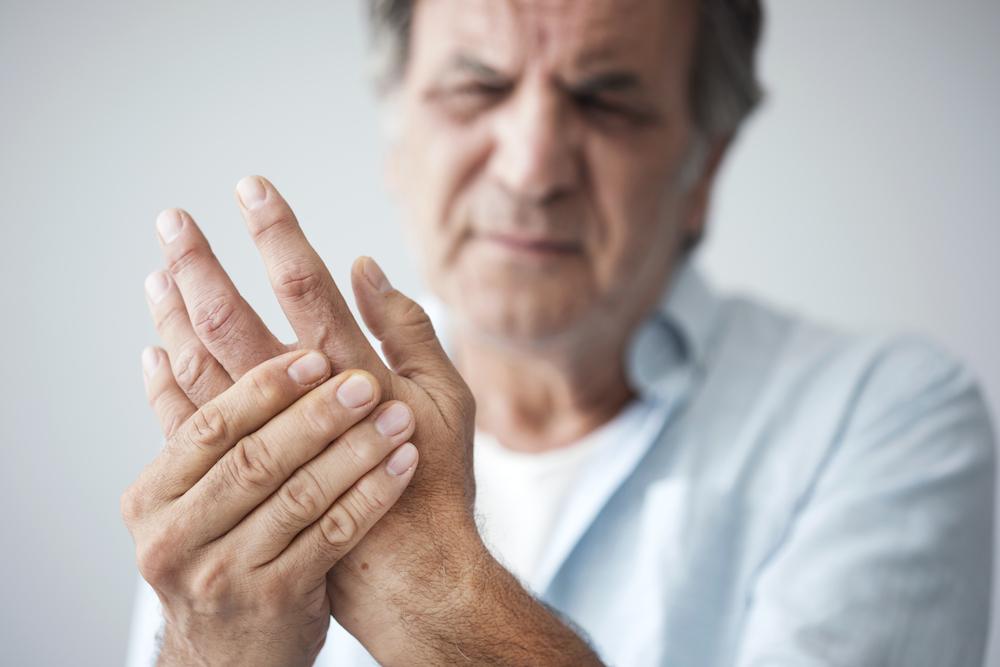Comprehensive Guide to Joint Degeneration and Bone Weakness: Recognizing Symptoms, Understanding Differences, and Exploring Treatment Options
This comprehensive article explores joint degeneration and bone weakness, focusing on osteoporosis and osteoarthritis. It details symptoms, differences, causes, and modern treatment options. Early detection and personalized management are emphasized to improve patient outcomes and quality of life. Ideal for those seeking detailed health insights into aging-related bone and joint issues.

Comprehensive Guide to Joint Degeneration and Bone Weakness: Recognizing Symptoms, Understanding Differences, and Exploring Treatment Options
As populations age worldwide, conditions like joint degeneration and bone weakness have become increasingly prevalent. These health issues not only affect mobility and quality of life but also pose significant challenges for healthcare systems. Understanding these conditions in depth—what causes them, their symptoms, and the available treatment options—is essential for timely intervention and effective management. This comprehensive guide aims to demystify joint degeneration, often referred to as osteoarthritis, and bone weakness, which is commonly linked to osteoporosis, highlighting their differences, symptoms, and modern management strategies.
Understanding Joint Degeneration: What Is Osteoarthritis?
Joint degeneration, medically known as osteoarthritis, is one of the most common degenerative joint diseases affecting millions worldwide, particularly among older adults. This chronic condition results from the gradual deterioration of cartilage—the smooth, elastic tissue that lines the ends of bones within joints. Cartilage acts as a cushion, allowing bones to glide smoothly during movement. When this cartilage wears down due to aging, injury, or repetitive stress, bones may start to rub against each other, causing pain, swelling, and decreased mobility. Recognizing osteoarthritis early is crucial because it allows for interventions that can slow progression, alleviate pain, and improve the patient's quality of life.
Why Do Joints Suffer from Degeneration?
To comprehend why osteoarthritis occurs, it’s vital to understand joint anatomy. Joints are complex structures composed of bones, cartilage, tendons, ligaments, and joint capsules. The cartilage acts as a shock absorber and facilitates smooth movements. Over time, due to various factors—such as mechanical stress, injury, genetic predisposition, or age-related wear and tear—cartilage can break down. As cartilage diminishes, underlying bones may thicken or develop bony projections called osteophytes or bone spurs. These changes lead to joint pain, stiffness, and reduced function. Additionally, factors like obesity increase mechanical load on weight-bearing joints such as hips and knees, accelerating cartilage breakdown. Inflammatory processes can also contribute, resulting in additional tissue damage.
Recognizing the symptoms of osteoarthritis is essential for early diagnosis and treatment. Common signs include persistent joint pain, especially after activity or prolonged rest; swelling and tenderness; stiffness, particularly in the morning or after periods of inactivity; and a decrease in joint flexibility. Physical changes like the formation of bone spurs or lumps around affected joints are observable in some cases, often around the hips, knees, spine, and small joints of the hands.
Early identification of these symptoms allows for timely medical consultation, which can prevent further joint damage. Diagnostic methods include physical examinations, imaging techniques such as X-rays or MRIs, and sometimes laboratory tests to rule out other conditions.
Therapeutic approaches for osteoarthritis are diverse and tailored to each individual's specific needs. Non-surgical interventions are typically the first line of treatment and include physical therapy to strengthen periarticular muscles, weight management to reduce joint stress, and medications such as analgesics and anti-inflammatory drugs to control pain and inflammation. Assistive devices like braces or orthotics may also help improve joint stability. In cases where conservative management fails to relieve symptoms, surgical options like joint replacement surgery (arthroplasty) may be considered, especially for severe joint destruction.
It’s important to differentiate osteoarthritis from other bone and joint conditions, most notably osteoporosis—a separate but sometimes related disease. Osteoporosis is characterized by reduced bone density, leading to porous, fragile bones prone to fractures. Unlike osteoarthritis, which affects joints primarily due to cartilage deterioration, osteoporosis impacts the structural integrity of bones across the entire skeleton.
Osteoporosis commonly affects bones such as the hips, vertebrae, and wrists, particularly among postmenopausal women and the elderly. Its causes include hormonal imbalances, nutritional deficiencies (like calcium and vitamin D), autoimmune disorders, genetic factors, and certain medications. The symptoms of osteoporosis can be subtle initially, but as bones weaken, fractures and deformities may become evident, often following minor falls or stresses.
Management of osteoporosis focuses on strengthening bone density through medications like bisphosphonates, lifestyle modifications including weight-bearing exercises, adequate nutrition, and vitamin D supplementation. Early diagnosis is critical to prevent fractures and maintain mobility. Bone density scans (DEXA scans) are vital tools for assessing fracture risk and monitoring treatment efficacy.
In conclusion, both joint degeneration and bone weakness are prevalent health concerns that significantly impact daily living and overall well-being. Recognizing the signs early, understanding their differences, and seeking appropriate medical care can greatly improve outcomes. Effective management strategies include lifestyle modifications, medical therapies, and surgical interventions when necessary. Regular check-ups, maintaining a healthy weight, and staying physically active are vital components in preventing and managing these conditions. If you experience persistent joint pain, stiffness, or signs of bone fragility, consulting a healthcare professional promptly is essential for proper diagnosis and tailored treatment plans.
Proactive health management can help individuals lead active, pain-free lives despite these aging-related conditions, thereby enhancing their quality of life and independence.





